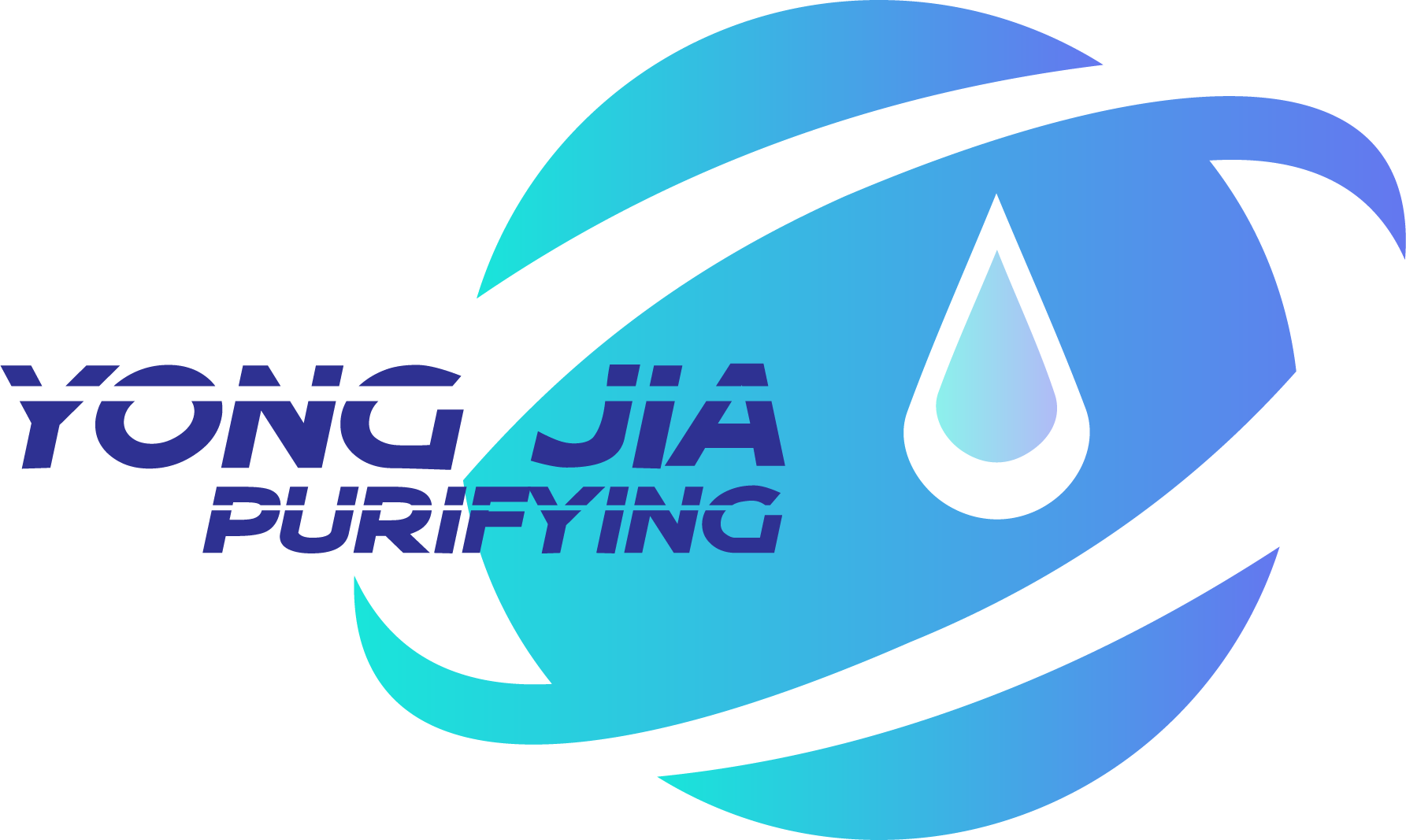304 (0Cr18Ni9Ti) is a versatile stainless steel widely used in the production of equipment and components that require good comprehensive performance (corrosion resistance and formability).
301 (1Cr17Ni7) stainless steel exhibits significant work hardening during deformation and is used in various applications that require high strength.
302 stainless steel is essentially a variant of 304 stainless steel with higher carbon content, which can achieve higher strength through cold rolling.
302B is a type of stainless steel with high silicon content, which has high resistance to high-temperature oxidation.
303 and 303Se are free cutting stainless steels containing sulfur and selenium, respectively, used in situations where easy cutting and high surface gloss are the main requirements. 303Se stainless steel is also used for making parts that require hot heading, as it has good hot workability under such conditions.
304L (0Cr19Ni10) is a variant of 304 stainless steel with low carbon content, used in situations where welding is required. The lower carbon content minimizes the precipitation of carbides in the heat affected zone near the weld, which may lead to intergranular corrosion (welding erosion) of stainless steel in certain environments.
304N is a type of stainless steel containing nitrogen, which is added to improve the strength of the steel.
305 and 384 stainless steels contain high nickel content and have a low work hardening rate, making them suitable for various occasions with high requirements for cold formability.
308 stainless steel is used for making welding rods.
The nickel and chromium contents of 309, 310, 314, and 330 stainless steels are relatively high in order to improve the oxidation resistance and creep strength of the steel at high temperatures. 30S5 and 310S are variants of 309 and 310 stainless steel, with the only difference being their lower carbon content, in order to minimize the precipitation of carbides near the weld seam. 330 stainless steel has particularly high resistance to carburization and thermal shock
316 (0Cr17Ni12Mo2) and 317 stainless steels contain aluminum, which greatly outperforms 304 stainless steel in resistance to spot corrosion in marine and chemical industrial environments. Among them, variants of 316 stainless steel include low-carbon stainless steel 316L (0Cr17Ni14Mo2), high-strength stainless steel 316N containing nitrogen, and free-cutting stainless steel 316F with high sulfur content.
321 (0Cr18Ni11Ti), 347 (0Cr18Ni11Nb), and 348 are stainless steels stabilized with titanium, niobium, tantalum, and niobium, respectively, making them suitable for welding components used at high temperatures. 348 is a stainless steel suitable for the nuclear power industry, with certain limitations on the amount of tantalum and diamond used.








